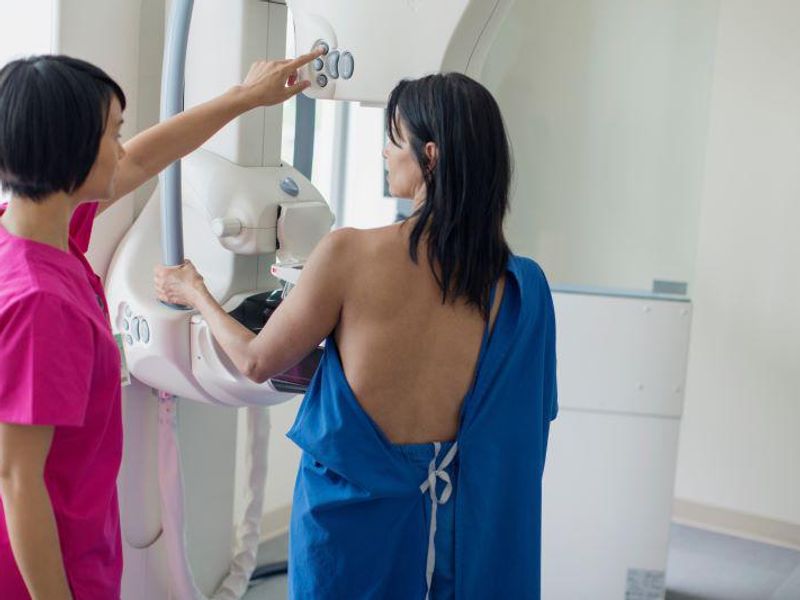Degree of background parenchymal enhancement positively associated with dense breasts, premenopausal status with irregular menstrual cycles
By Elana Gotkine HealthDay Reporter
FRIDAY, Jan. 27, 2023 (HealthDay News) — Clinical factors are associated with the degree of background parenchymal enhancement (BPE) on contrast-enhanced mammography (CEM), according to a study published online Jan. 11 in the American Journal of Roentgenology.
Simin Wang, M.D., Ph.D., from the Fudan University Shanghai Cancer Center, and colleagues conducted a retrospective study involving 207 patients who underwent CEM between April 2020 and September 2021 to examine the associations between clinical factors and the degree of early BPE on CEM.
The researchers found that for both criteria used, interreader agreement for the degree of BPE was 0.80 kappa. Univariable analyses showed that the degree of BPE was negatively associated with age, personal history of breast cancer, history of chemotherapy, history of radiation therapy, perimenopausal status, and postmenopausal status (odds ratio ranges, 0.94 to 0.94; 0.22 to 0.30; 0.18 to 0.21; 0.20 to 0.21; 0.22 to 0.34; and 0.10 to 0.11, respectively). Positive associations were seen for dense breasts and premenopausal status with irregular menstrual cycles (odds ratio ranges, 4.13 to 4.26 and 7.94 to 14.02, respectively). The degree of BPE was lowest for patients in menstrual cycle days 8 to 14 among premenopausal patients with regular menstrual cycles (odds ratio range, 2.56 to 14.17).
“Given the potential impact of BPE on diagnostic performance, the findings have implications for CEM scheduling and interpretation,” the authors write.
One author is an employee of General Electric Healthcare.
Copyright © 2023 HealthDay. All rights reserved.








